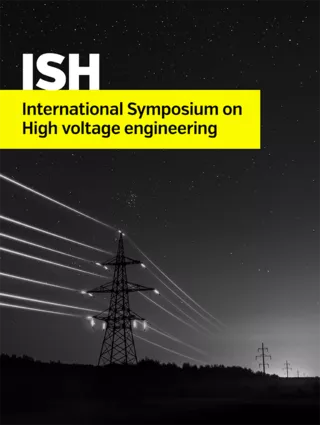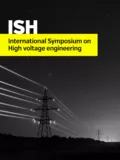Summary
In recent year, a new kind of abnormal fracture phenomenon of composite insulators, which was different from brittle fracture and normal fracture, occurred in high voltage transmission lines in several countries. According to the general features of the fracture spot, this type of failure was named decay-like fracture of composite insulators. In this paper, the main macroscopic features of decay-like fractured composite insulators were summarized by analysing some field failed composite insulators. From macroscopic inspections, the fracture spot became crisp and looked like decayed wood, and the interface between silicone rubber sheath and Fibre Reinforced Plastic (FRP) core rod near the fracture spot degraded obviously. In addition, horizontal electro-erosion puncture holes occurred in the sheath of fractured insulators. Scanning Electron Microscope (SEM), Fourier Transform Infrared (FTIR) Spectroscopy and Thermal Gravimetric Analysis (TGA) methods were utilized to explain the microscopic physicochemical characteristics of decay-like fracture of composite insulators. Ion-exchange and hydrolysis in the glass fibre three-dimensional network structure caused the fracture of glass fibre. The abundance changes of functional groups in epoxy resin matrix in the decay-like fractured FRP rod indicated that epoxy resin matrix was degraded by discharge and current, and degradation in the external region of fractured FRP rod was more serious than that in the interior region. Some broken glass fibres were separated from eroded epoxy resin matrix and many bubbles and air holes still remained on the glass fibre. Furthermore, features comparisons between decay-like fracture and brittle fracture were discussed in depth.
Additional informations
| Publication type | ISH Collection |
|---|---|
| Reference | ISH2017_213 |
| Publication year | |
| Publisher | ISH |
| File size | 627 KB |
| Pages number | 6 |
| Price for non member | Free |
| Price for member | Free |



